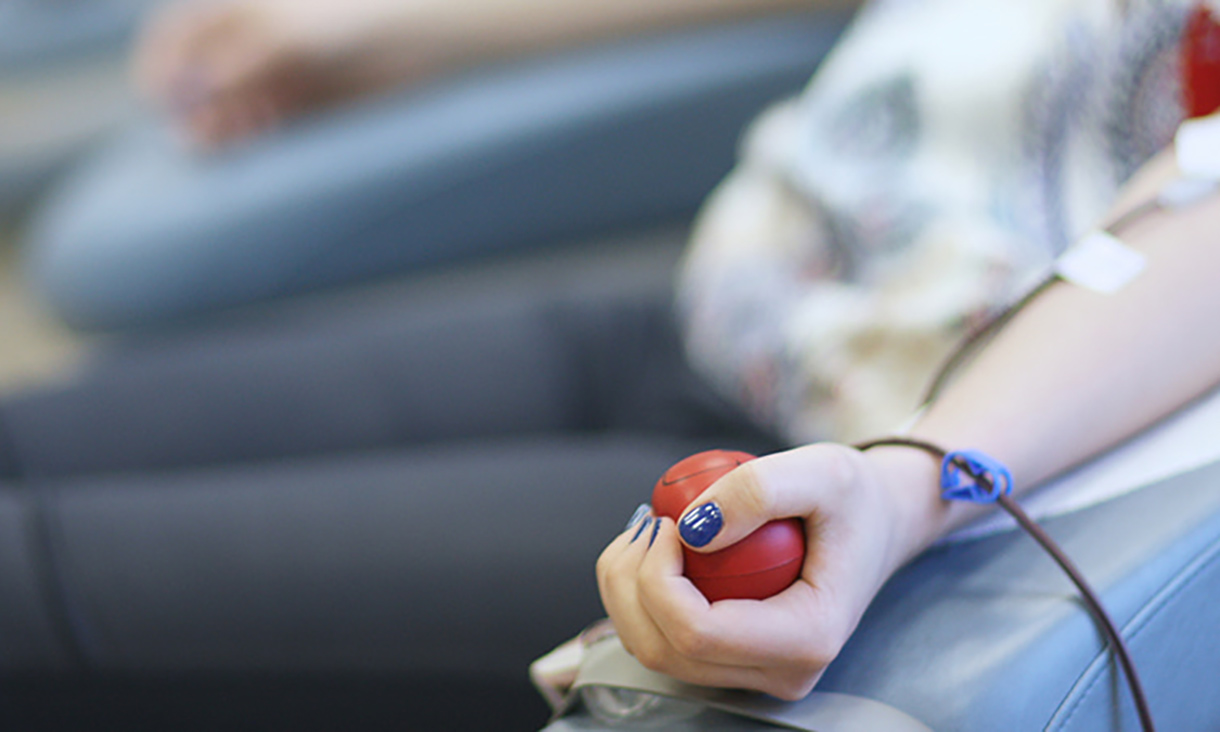Bridging the Divide: Rethinking University–Industry Partnerships for Scalable Impact
In an era marked by accelerating technological disruption and geopolitical flux, universities and industries face mounting pressure to collaborate more effectively to address complex societal and economic challenges.
Why STEM Students Are Reluctant to Join Defence and What We Can Do About It
Australian Defence urgently needs STEM talent, yet our research shows STEM students don’t see it as an attractive career path. So how do we inspire STEM talent to contribute to national security before it’s too late?
Seasons of Birth
Have you ever noticed more birthdays at certain times of the year? Perhaps you recall when you were surprised by lots of birthday invitations or remember being peppered by your favourite social media platform to send birthday messages in a particular month. This phenomenon isn’t random - there is an annual pattern in birth rates.
Engaging Generation Z: Overcoming Barriers and Building a Sustainable Blood Donor Base for Lifeblood
The Australian Red Cross Lifeblood aims to address a critical challenge in sustaining a volunteer donor base by understanding the motivations and barriers that influence blood donation. While existing research identifies factors like attitudes, perceived behavioural control, and donation anxiety as predictors of donor intentions, these studies largely overlook the 18–30-year-old cohort—a group with beliefs and behaviours distinct from older donors.








